



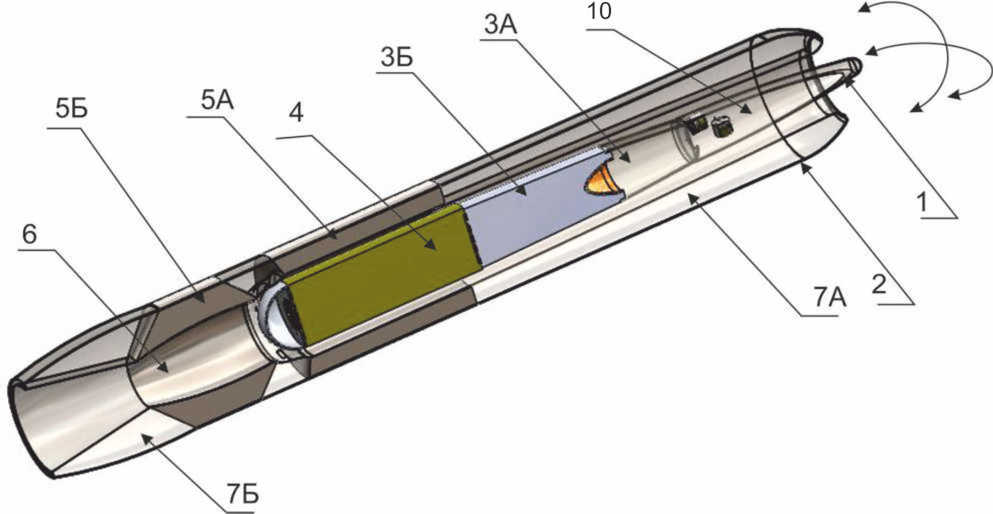

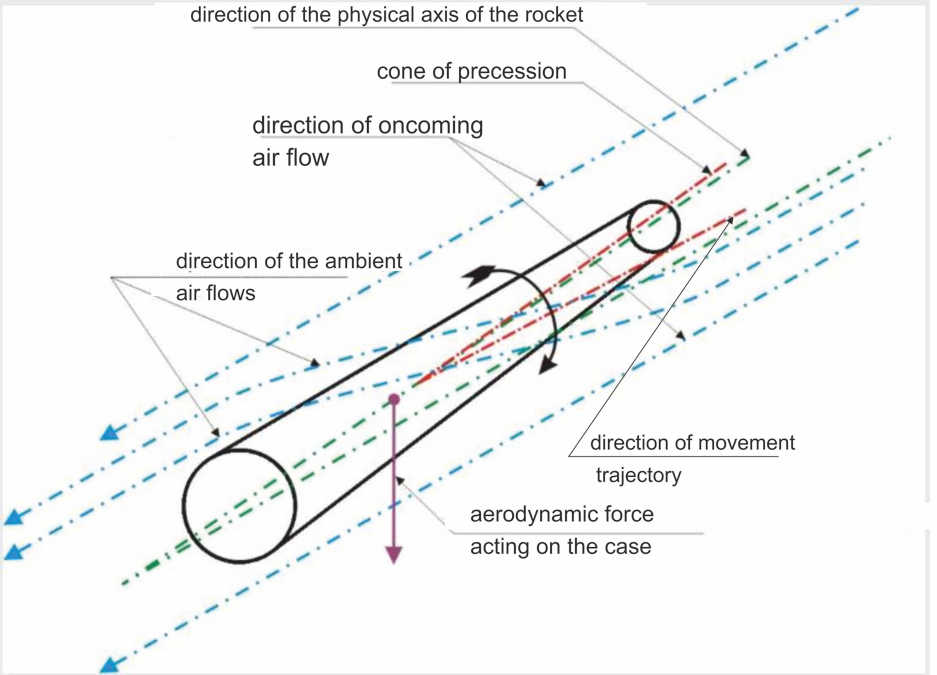
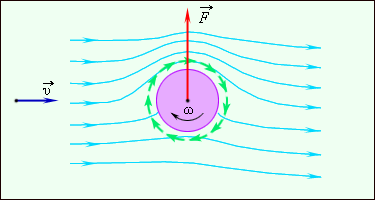
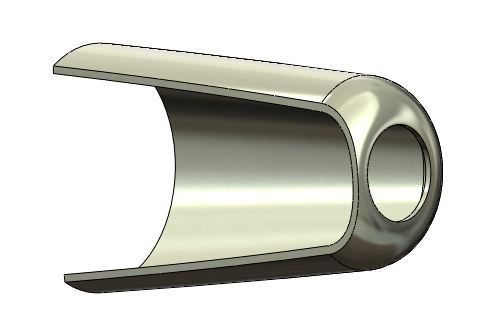

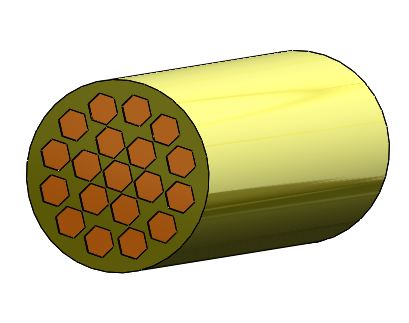

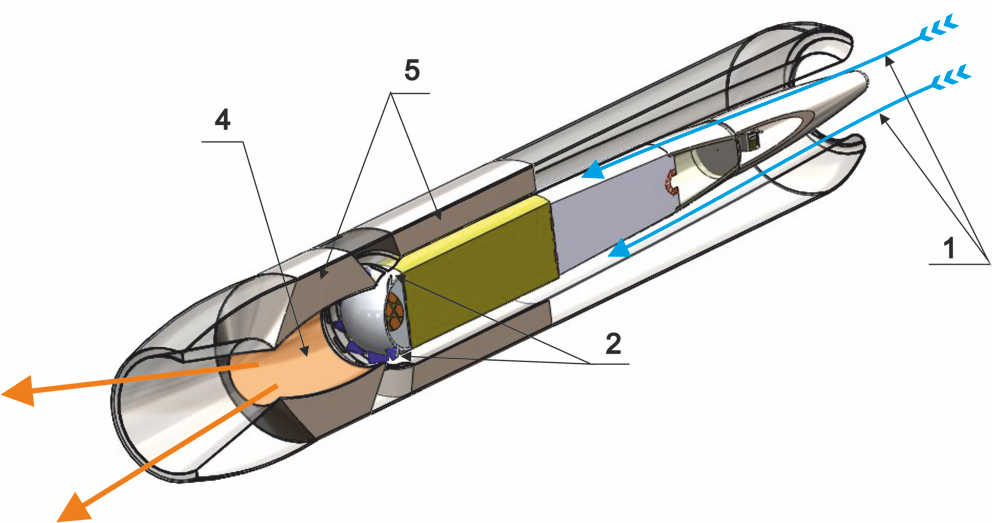

|
|
|
|
|
|
|
|
|
|
|
|
|
|
|
|
|
|
|
|
|
|
|
|
|
|
|
|
|
|
|
|
|
|
|
|
|
|
|
|
|
|
|
|
|
|
|
|
|
|
|
|
|
||
So far as the rocket does not have any type of external aerodynamic planes; the body and main elements are made of carbon fiber - its effective radar scattering cross-section is minimal... The main targets of the short and medium-range anti-ship missile described below are heavy aircraft carriers. | ||














|
|
|
|
|
|
|
|
|
|
|
|
|
|
|
|
|
|
|
|
|
|
|
|
|
|
|
|
|
|
|
|
|
|
|
|
|
|
|
|
|
|
|
|
|
|
|
|
|
|
|
|